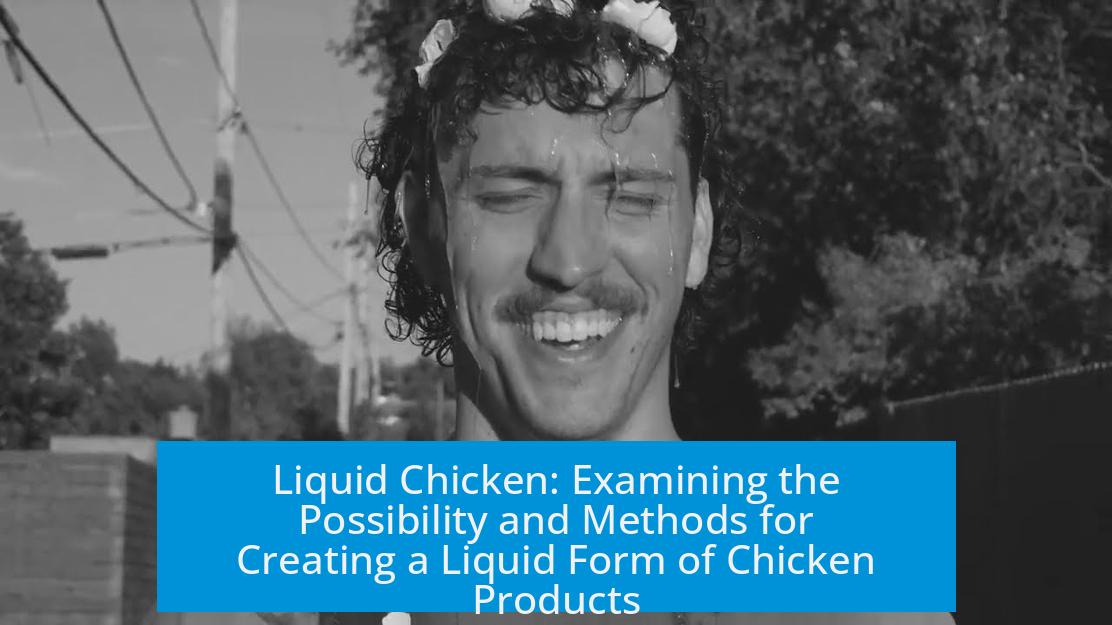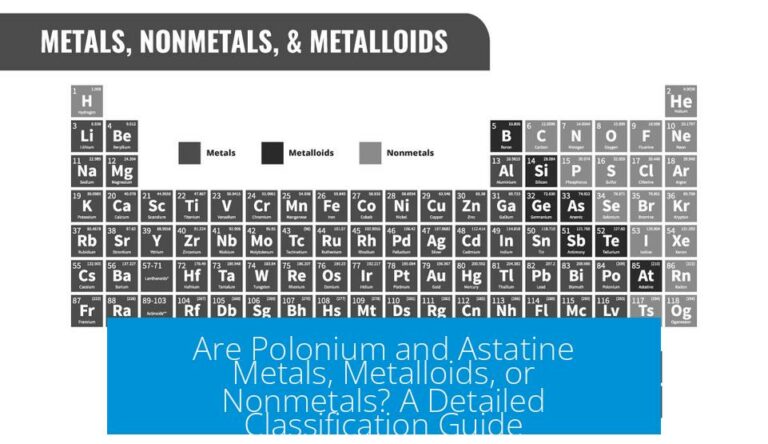Is It Possible to Create Liquid Chicken?

It is not possible to create liquid chicken in the sense of melting or liquefying whole chicken tissue without breaking it down chemically. The complex organic structure of chicken tissue decomposes under heat rather than melts, preventing a true liquid phase. However, blending, enzymatic treatment, or chemical processing can produce liquid-like chicken forms.
Understanding Chicken’s Physical and Chemical Properties
Chicken is a composition of water, proteins, fats, connective tissue, and minerals, forming a complex organic mixture.
- Unlike simple substances with clear melting points, chicken’s constituents react differently to temperature and pressure.
- Chicken does not behave like pure water or sugar, which undergo neat phase changes from solid to liquid.
- Its biological polymers, mainly proteins, do not melt but denature and decompose under heat.
Proteins and Polymers in Chicken
Proteins dominate chicken tissue composition. They belong to a polymer class that does not exhibit melting like thermoplastics.
- Proteins are mostly thermoset polymers: they form stable structures that break down irreversibly upon heating.
- When heated, proteins unfold and aggregate, as seen in boiled eggs turning from clear to opaque and gelatinous.
- This unfolding is a one-way reaction; re-forming the original protein structure is not feasible.
Chicken tissue will not melt but will degrade chemically, preventing a stable liquid phase of the original material.
Decomposition Before Melting
Many biopolymers, including those in chicken, undergo pyrolysis rather than melting at high temperatures.
- Pyrolysis is thermal decomposition without oxygen, causing breakdown into tar, char, and gases.
- For chicken, attempts to heat beyond water boiling point cause proteins and fats to decompose before melting.
- Water in chicken cells vaporizes before proteins liquefy, leaving a non-homogeneous residue rather than a liquid.
- Analogy to wood: heating wood without oxygen produces charcoal, a solid residue, similar to what happens to complex animal tissue on intense heat.
- Sugar comparison: sugar decomposes before melting, becoming chemically different, not remaining a pure liquid form.
Alternative Methods to Produce Liquid or Liquid-Like Chicken Products
Mechanical Liquefaction via Blending
The most straightforward method to create a chicken “liquid” is mechanical blending.
- Blending cooked chicken produces fine purees or pastes, often mixed with water for smoother consistency.
- Bodybuilders and chefs often blend cooked chicken with other soft foods to create drinkable protein sources.
- This method physically breaks the solid structure without altering chemical identity but does not produce a true liquid state.
Chemical and Enzymatic Processing
Certain chemical and enzymatic processes can break down chicken tissue components into liquid or soluble forms.
- Proteases and collagenases can digest muscle and connective tissue proteins into smaller peptides and amino acids.
- Heat with controlled acid or base (e.g., acid hydrolysis and subsequent neutralization) may dissolve tissue components partially.
- Emulsifiers and sonication can help disperse fats and solids into colloidal suspensions.
- The process can separate solid bone fragments by filtration and recover liquid protein fractions.
- Chicken protein powders might be produced similarly to whey protein, by drying and processing liquid extracts.
Cooking and Heat-Based Methods
Prolonged cooking methods extract soluble components to produce broths or stocks, liquid containing flavor and nutrients.
- Simmering chicken in water releases collagen, gelatin, and soluble proteins into the liquid phase.
- This liquid biochemical extract represents “liquid chicken” but is distinct from liquefied chicken tissue.
- Lyophilization (freeze-drying) converts liquid extracts into powders for easy storage and reconstitution.
Manufactured Chicken Analogues
Some commercial products resemble liquid or semi-liquid chicken forms.
- Chicken soups and broths contain dissolved chicken components in aqueous solution.
- Processed meat pastes, purees, and “pink slime” involve finely ground or emulsified chicken materials.
- Eggs, as a liquid protein source from chickens, sometimes informally called “liquid chicken,” though they are biologically different.
Scientific Challenges in Liquefying Chicken
Phase Transition Difficulties
Chicken tissue lacks a single melting point.
- Diverse molecular components decompose at different temperatures rather than transitioning smoothly.
- Water converts to steam before proteins become liquid, disrupting uniform liquefaction.
- Proteins’ irreversible denaturation prevents formation of a native liquid phase.
Biological and Chemical Stability
- Heat destroys sensitive biomolecules, making it impossible to recover the original tissue state once broken down.
- Structural proteins and connective tissue resist melting and instead break down or char on intense heating.
- Proteins cannot typically be re-folded into their native configuration after heat-induced unfolding.
Practical and Theoretical Limits
Hypothetical concepts like supercritical chicken under extreme pressure and temperature have no practical realization.
- Attempting to create a truly liquid protein-based chicken faces thermodynamic and chemical stability barriers.
- Even with added emulsifiers and acid treatments, the complexity of chicken tissue limits complete liquefaction.
- Bone and other hard components require removal; liquefying entire chicken including bones is not feasible.
Summary of Key Points
- Chicken cannot melt or liquefy like simple substances due to its complex organic makeup and protein structures.
- Heating chicken leads to protein denaturation and pyrolysis, not a liquid state of intact components.
- Mechanical blending produces liquid-like pastes but not true liquids in the chemical sense.
- Chemical and enzymatic treatments can partially dissolve tissue, allowing extraction of liquid protein fractions.
- Chicken broth and soups are liquid extracts but differ from liquefied chicken tissue.
- Complete liquefaction faces phase transition and chemical stability challenges, making it effectively impossible under normal conditions.
Can chicken be melted like ice or metal to become liquid?
No, chicken can’t be melted. Its proteins and other compounds break down before melting. Heating causes decomposition, not a smooth transition to liquid.
Is it possible to make a liquid form of chicken through blending or cooking?
Yes, blending cooked chicken with water creates a puree or paste. Cooking methods like boiling can make broth, which is liquid but not pure chicken.
Could chemical or enzymatic methods liquefy chicken completely?
Potentially, using strong acids, enzymes, or emulsifiers might break down chicken into a liquid form. However, bones and some proteins remain difficult to fully liquefy.
Why doesn’t chicken behave like simpler substances when heated?
Chicken is a complex mix of proteins, water, and other molecules. Proteins denature irreversibly and biopolymers break down chemically rather than melting cleanly.
Are there any products similar to liquid chicken currently available?
Chicken broth and pureed chicken pastes resemble liquid chicken. Processed products like protein powders or emulsified meat products come close but differ from true liquefaction.





Leave a Comment